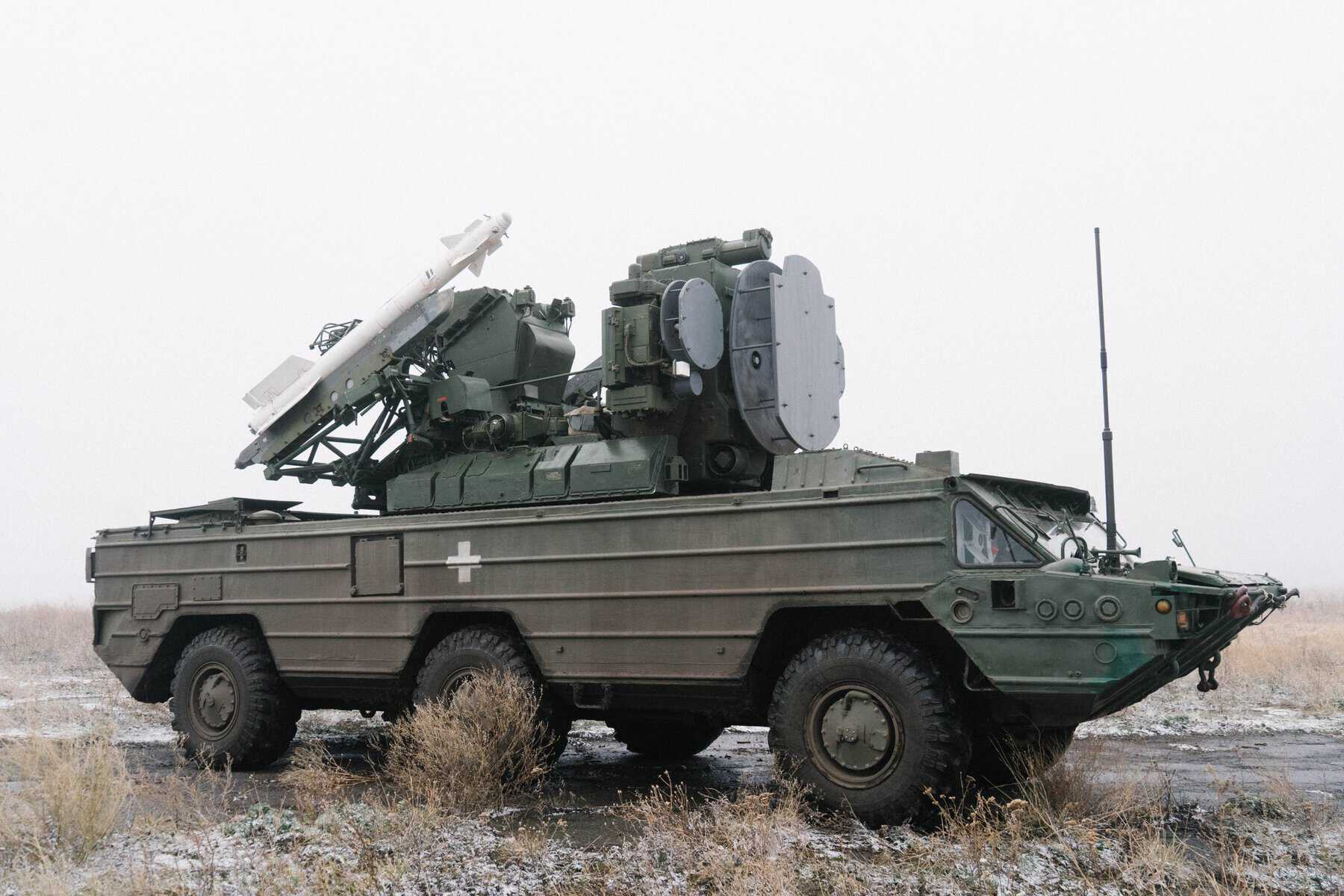
The Come Back Alive Foundation has upgraded the Osa anti-aircraft missile systems for the Defense Forces.
The charitable organization reported investing over UAH 14 million in the modernization of the Osa surface-to-air missile systems.
The modernization of the air defense systems to strengthen Ukraine’s air defense is being carried out as part of the HORNET project.
“All the anti-aircraft missile regiments of the Armed Forces of Ukraine that are in service with Osa SAM received the upgrades,” the foundation stated.
Thus, the upgraded SAMs will be more effective in shooting down drones, helicopters, airplanes, and missiles.

After modernization, the systems will operate not only with standard 9M33M3 surface-to-air missiles, which are currently in short supply, but also with R-73 air-to-air guided missiles, which Ukraine currently has in abundance.
An air-to-air missile has a distinct advantage due to its “fire and forget” capability, eliminating the need for continuous targeting like a standard Osa missile.
After launching, the R-73 can be repositioned immediately to avoid a potential retaliatory strike.
The modernization of the Osa in the Armed Forces of Ukraine is similar to the FrankenSAM program, which, due to the help of the United States, is being implemented in the Air Force of Ukraine.
“The difference is that within the Air Force’s FrankenSAM we use air-to-air missiles provided by our partners, while within HORNET it’s about missiles and anti-aircraft missile systems that our army has been using since the 1970s,” said Oleksii Dubynka, the Foundation’s consultant.

HORNET was not funded through a public fundraising campaign by the Come Back Alive Foundation. Instead, the project was financed using resources from the Foundation’s general charitable accounts.
The R-73 missile, depending on its variant, can engage targets at distances of 20 kilometers (RMD-1) to 40 kilometers (RMD-2) in the front hemisphere, and up to 300 meters in the rear hemisphere.
Therefore, the OSA and R-73 can be linked in the following way: the OSA’s detection and tracking systems find the target, the combat vehicle points the guides with R-73 missiles in its direction, their homing head is aimed at the target, and the “launch” command is given.
It is also possible that the R-73 missile captures the target on its own after launch.

This development is not entirely new. Last year Militarnyi reported on the successful use of the British ASRAAM short-range air defense system.
This SAM operates on a similar principle: the onboard systems of the launcher detect the target, the Chess Dynamics Hawkeye optoelectronic system guides it, and it is launched.

After launching, the missile acquires the target with a homing head consisting of an infrared camera with an integrated LOAL (Lock-on after launch) system.
This system allows the missile to acquire the target after launch if pre-launch acquisition is not possible or there are obstacles to reliable acquisition.
Підтримати нас можна через:
Приват: 5169 3351 0164 7408 PayPal - [email protected] Стати нашим патроном за лінком ⬇
Subscribe to our newsletter
or on ours Telegram
Thank you!!
You are subscribed to our newsletter